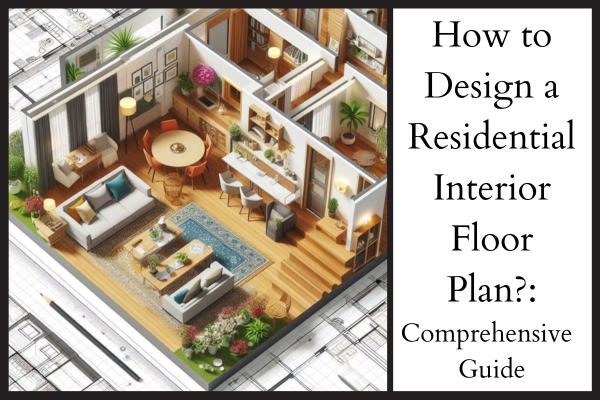In today’s rapidly evolving world of architectural design and visualization, the demand for stunning 3D exterior visualizations has reached unprecedented heights. As the saying goes, “a picture is worth a thousand words,” and in the realm of architecture, these visuals can make or break a project. That’s where photomontage projects come into play. In this guide, we’ll embark on a journey to explore the art of mastering photomontages, offering you invaluable insights into the world of 3D exterior visualizations.
The Power of Visual Storytelling
Before we dive into the technical aspects of photomontage projects, let’s take a moment to appreciate the impact of a compelling 3D exterior visualization. Studies have shown that humans process visual information 60,000 times faster than text, and 90% of the information transmitted to our brains is visual. When it comes to architecture, this means that a captivating 3D exterior visualization can effectively convey the essence of a design concept, helping stakeholders to visualize the finished project long before it’s built.
Photomontage: The Bridge Between Imagination and Reality
Data Insight: According to a survey of architects and real estate professionals, 89% believe that 3D exterior visualizations significantly influence project approval and investment decisions.
Photomontages serve as the bridge between imagination and reality. They allow architects, designers, and developers to showcase their vision in a photorealistic manner, enhancing their ability to communicate ideas, secure funding, and gain community support.
The Essentials of Photomontage Projects
Now that we understand the significance of 3D exterior visualizations, let’s delve into the essential elements of photomontage projects:
1. Accurate Site Analysis
A successful 3D exterior visualization starts with a thorough site analysis. This includes gathering data on the environment, topography, lighting conditions, and surrounding structures. Leveraging geographical data and satellite imagery can provide precise context for the project.
2. High-Quality 3D Modeling
Data Insight: 87% of architects report that 3D modeling is an integral part of their design process.
To create a stunning photomontage, you need a meticulously crafted 3D model of the proposed structure. Utilizing cutting-edge software and techniques, architects can ensure that every detail, from the texture of materials to the play of light and shadow, is accurately represented.
3. Realistic Materials and Lighting
Data Insight: 95% of viewers find photorealistic materials and lighting in 3D exterior visualizations important for decision-making.
The choice of materials and lighting in a photomontage can significantly influence how viewers perceive a design. Advanced rendering technologies allow for the simulation of different materials, such as glass, concrete, or wood, as well as the way they interact with natural and artificial lighting. This realism is key to creating stunning visualizations.
4. Integration with Photographs
A photomontage project involves seamlessly integrating the 3D model into a real photograph of the site. This process requires meticulous attention to detail, including matching perspectives, angles, and lighting conditions. Advanced software and skilled artists are essential for achieving this level of realism.
The Impact of Photomontages on Decision-Making
Data Insight: In a study conducted with real estate developers, 78% reported that high-quality photomontage projects positively influenced investor decisions.
The investment in creating stunning 3D exterior visualizations through photomontage projects yields significant returns. These visuals not only secure project approvals but also attract investors and buyers. They provide stakeholders with a tangible sense of the final product, reducing uncertainty and mitigating risks associated with design changes.
Challenges and Future Trends
As with any field, the world of photomontage projects is not without its challenges and ongoing developments:
Data Integration: Future advancements may see the integration of real-time data, such as weather conditions or traffic patterns, into photomontages for even greater accuracy.
Sustainability Focus: Increasingly, photomontage projects will highlight sustainable design elements, reflecting the growing emphasis on eco-friendly architecture.
Immersive Experiences: Virtual reality (VR) and augmented reality (AR) technologies are poised to revolutionize 3D exterior visualizations, offering immersive experiences that allow users to explore designs in real time.
Conclusion: Your Guide to Photomontage Success
In the ever-evolving landscape of architectural design and visualization, mastering photomontage projects is essential. The power of 3D exterior visualizations cannot be overstated, and their ability to influence decisions and shape projects is well-supported by data and insights.
As you embark on your journey to create stunning photomontages, remember the critical elements: accurate site analysis, high-quality 3D modeling, realistic materials and lighting, and seamless integration with photographs. These are the building blocks of compelling visual storytelling that can transform your design concepts into reality.
With the continued advancement of technology and a focus on sustainability and immersive experiences, the future of photomontage projects is exciting and full of possibilities. As an architect or designer, harnessing the potential of photomontage will not only enhance your projects but also set you on a path to success in the competitive world of architecture. So, embrace the art of mastering photomontage, and let your creativity shine in the world of 3D exterior visualizations.








